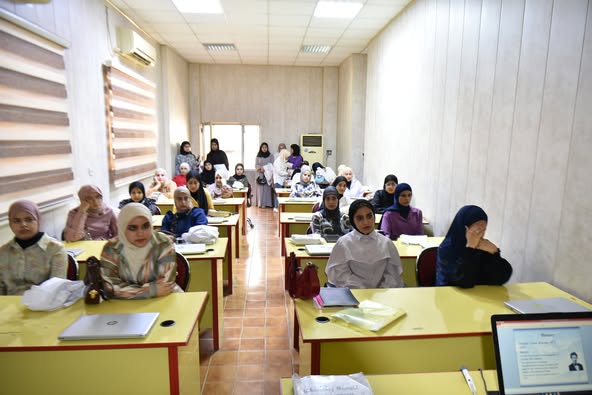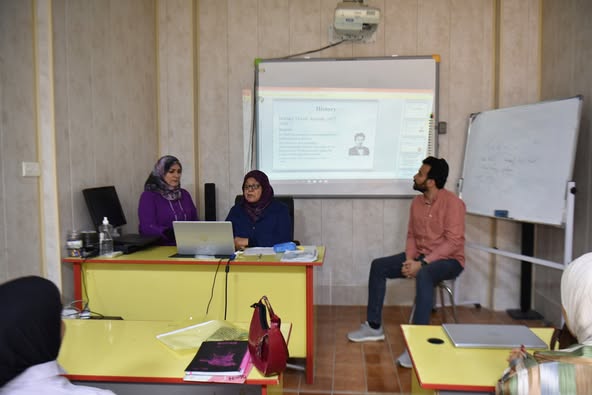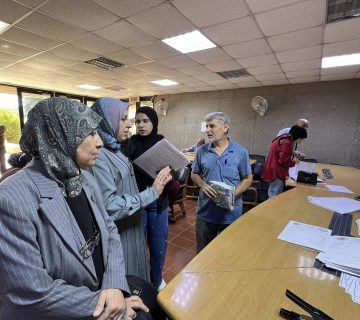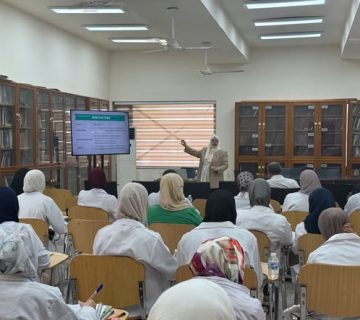Under the patronage of the Dean of the College of Science for Women, Professor Dr. Sameera Naji Khdim, the Department of Chemistry, in cooperation with the Continuing Education Unit of the college, organized a workshop entitled “Mechanism of Separation by Extraction.” The workshop was presented by Dr. Muna Mahmoud, Dr. Fadel Ibrahim, and Ms. Israa Amer. It was attended by a number of faculty members, staff, and students of the department.
The workshop aimed to introduce an environmentally friendly method for extracting components from medicinal plants and utilizing them in therapeutic applications. It also highlighted the reliance of this process on the presence of two immiscible phases and provided an overview of the history of this technique and the different types of separation.
The presenters explained that, in light of the global shift toward green chemistry and sustainable processes, eco-friendly extraction methods for active compounds in medicinal plants have gained significant attention. These methods depend on advanced techniques that minimize the use of harmful organic solvents and consume less energy compared to traditional methods. Additionally, the history of the discovery of the two-phase immiscible extraction technique was explained, noting that the concept of liquid-liquid separation dates back to the 19th century when it was discovered that certain solvents do not mix but can extract different compounds based on their solubility.
In the 20th century, this technique evolved to become a fundamental method for extracting plant compounds using environmentally friendly solvents such as water, ethanol, and vegetable oils, instead of toxic solvents like hexane and chloroform.
The workshop included an explanation of various types of separation used in green extraction, which rely on two immiscible phases, such as water with vegetable oil, aqueous ethanol with supercritical carbon dioxide, or water with green ionic liquids.
The benefits of this technique were subsequently presented, including: (1) the reduction of chemical waste, (2) energy conservation, and (3) the production of pure, safe products for medical use, in addition to preserving sensitive compounds from degradation.
Green extraction technologies are considered the future of the pharmaceutical and natural remedy industries, offering high efficiency while preserving the environment. It is expected that these fields will witness further advancements through the use of nanotechnology and auxiliary enzymes to enhance separation and extraction processes.










